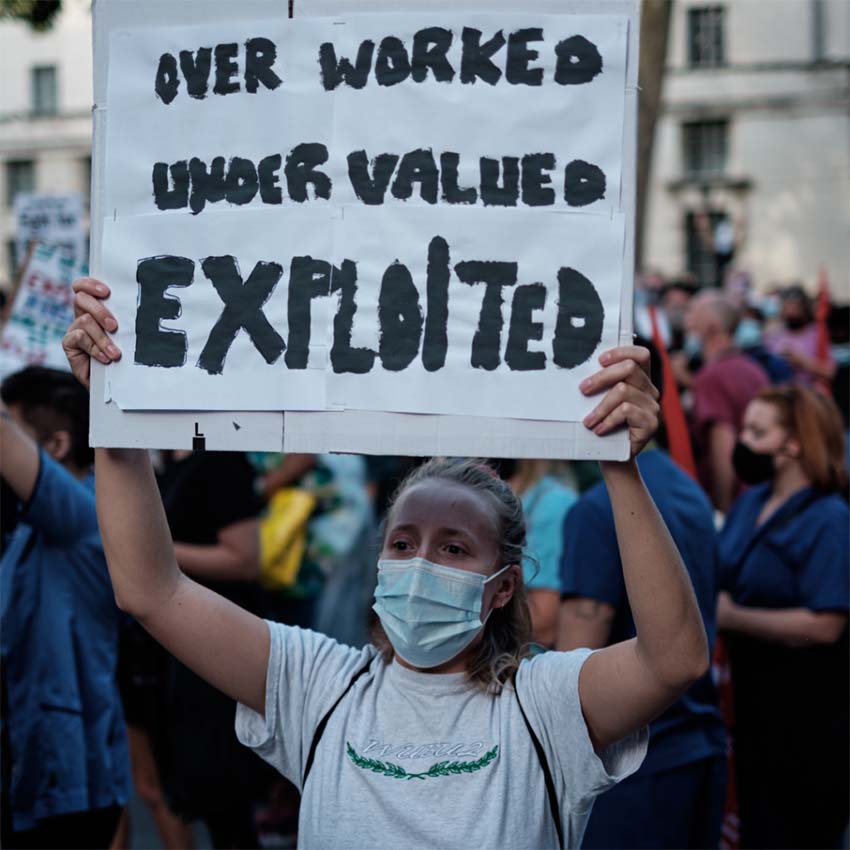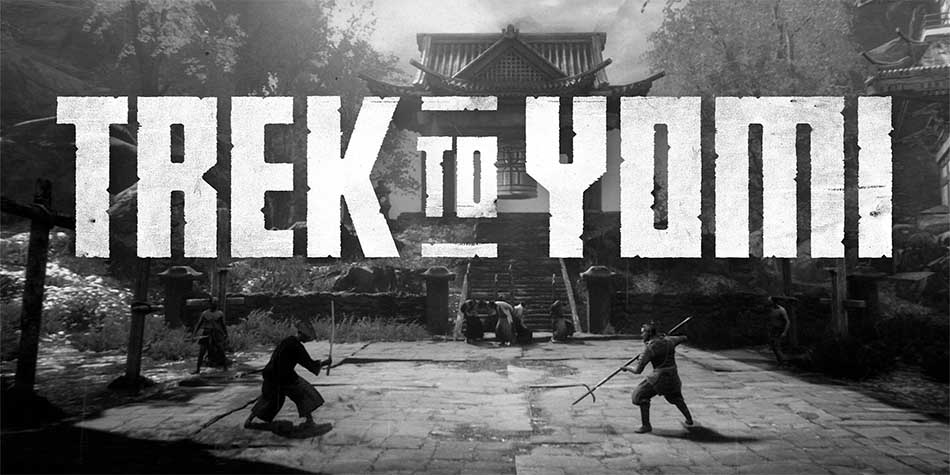Because of the recent WGA strike that affected many people in the VFX industry, the push for unionization in the VFX and 3D industries is back on everyone’s minds and gaining momentum. At the same time, it’s essential to consider the potential downsides and challenges of collective bargaining.
Here, we explore the complexities of unionizing in these creative sectors, focusing on addressing the concerns of VFX and 3D artists.
- What are the downsides of unionization in the VFX industry?
- What it’s like to work as a VFX Artist?
- The Push for Unionization Continues
What are the downsides of unionization in the VFX industry?
1. Balancing Fairness and Flexibility
Unionizing in the VFX and 3D industries can sometimes lead to reduced flexibility. Unions typically negotiate standardized contracts, which may not readily accommodate the dynamic nature of these fields.
Given that projects can vary significantly in terms of timelines and requirements, standardization can limit the adaptability that studios and workers often need to keep themselves competitive.

Photo by Romain Dancre on Unsplash
2. The Cost of Unionize
Unionization can result in increased labor costs, a concern echoed by both employers and employees. Unions advocate for higher wages, better benefits, and enhanced job protections.
While these improvements can benefit employees, they can create financial pressures for companies, as they need to allocate more resources to meet union demands.
In industries as competitive as 3D animation and VFX, this will impact their profitability and ability to remain competitive.
3. Slower Decision-Making
Collective bargaining processes can be time-consuming and bureaucratic. Negotiations, disputes, and adherence to union regulations may slow down company decision-making.
In an industry where meeting tight project deadlines is crucial, such delays can hinder a studio’s ability to deliver on time, affecting the company and, therefore, the employees.
4. The Threat of Strikes
As we know, unions have the power to call strikes and work stoppages.
It is interesting how this push for collective bargaining comes at the same time the industry is impacted by the strikes of the Writers Guild of America (WGA).
The digital artists, who are integral to bringing scripts to life, found themselves affected by the very strikes that aim to secure the rights and fair treatment of creative professionals.

Photo by Claudio Schwarz on Unsplash
In any industry, the potential for strikes is a significant concern. Strikes can lead to financial losses, delayed projects, and strained client relationships. And as we’ve seen recently, it affects many other people or complete industries in the production chain.
5. Outsourcing and Offshoring
In recent years, it has become evident that these industries are not immune to the pressures of globalization. Unionization may lead some studios to outsource work to regions with lower labor costs or offshore their projects.
This can result in job loss and decreased job security for workers in unionized areas as studios seek cost-effective solutions elsewhere.
Notable examples of companies opening VFX studios in India include Moving Picture Company (MPC), which has offices in Bangalore and Mumbai, and Double Negative (DNEG), which is also located in Mumbai.
To give more context, this is the latest film VFX showreel by DNEG
6. Individual Incentives vs. Collective Bargaining
Unionization often shifts the focus from individual performance to collective bargaining negotiations.
Unionization often shifts the focus from individual performance to collective bargaining negotiations.
As wage structures and job security become more standardized, individual incentives to excel may diminish. This certainly impacts the quality and innovation in 3D and VFX projects.
7. Industry-Specific Challenges
Animation and VFX industries have unique characteristics, such as project-based work, international collaboration, and the rapid evolution of technologies.
Standardized union agreements, because of their nature, sometimes fail to address these industry-specific challenges effectively, potentially leading to inefficiencies and frustrations.

Photo by Glenn Carstens-Peters on Unsplash
8. Variation in Union Effectiveness
The effectiveness of a union can vary based on factors like leadership, member engagement, and industry dynamics.
In some instances, unions struggle to deliver meaningful improvements for their members, leading to worker dissatisfaction.
What it’s like to work as a VFX Artist?
Challenges Faced by VFX Artists
Visual Effects artists, responsible for the captivating visuals in movies and television, often work under demanding conditions. Long hours, unpaid overtime, and the absence of meal breaks have been common complaints.
The pressure to deliver top-notch work within tight deadlines can take a toll on artists, leading to concerns about sustainable working environments.

Photo by Ehimetalor Akhere Unuabona on Unsplash
Notable Cases
Rhythm and Hues Bankruptcy: Rhythm and Hues, an Oscar-winning VFX company known for its work on “Life of Pi,” declared bankruptcy in 2013. Despite their artistic success, the default highlighted the financial instability and vulnerability faced by many VFX studios and artists.
MPC’s Shift to Bangalore: The Moving Picture Company (MPC), a renowned VFX studio, made headlines when it announced the relocation of its compositing department from London to Bangalore, India, citing cost-saving measures. This move raised concerns about job security and the potential for outsourcing.
Marvel VFX Artists: VFX artists working on Marvel Studios’ blockbuster films have often voiced their discontent regarding demanding schedules, long working hours, and tight deadlines. Despite their crucial role in bringing superhero stories to life, these artists have faced challenges maintaining work-life balance and fair working conditions.
These examples shed light on the difficulties faced by VFX artists and the ongoing efforts to address the issues within the industry, including the push for unionization.
The Push for Unionization Continues
Despite these potential downsides, the push for unionization in the animation and VFX industries continues. Digital artists, 3D professionals, and other workers in these creative fields aim to address long-standing issues and create a more equitable and sustainable working environment.
The decision to unionize is a complex one, requiring careful consideration of the benefits and challenges as the industry seeks a balance between fair treatment and the unique demands of creative work in these creative industries.

Nyx, Editor at Vertex Mode, is also an experienced 3D Artist in gaming and film, sharing insights on Digital Art and its creators.

